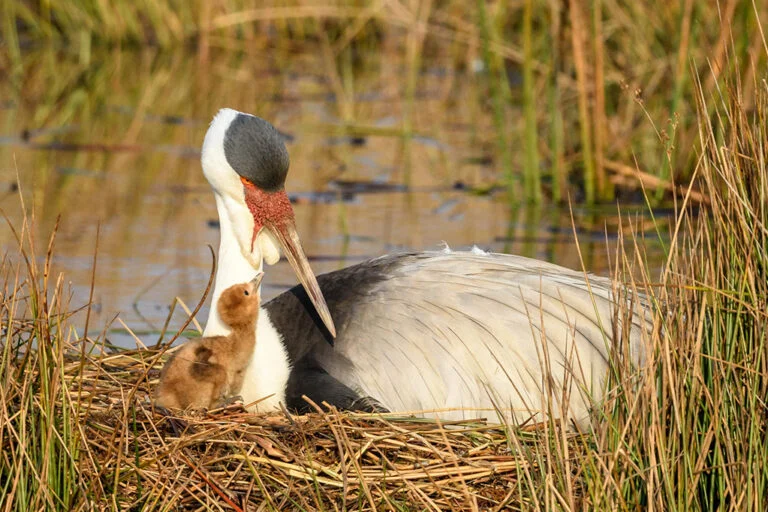
Stepping Back From The Brink: Wattled Cranes Make A Hopeful Comeback In South Africa
Amid ongoing concerns for the world's endangered species, one graceful bird has defied the odds in South Africa. The wattled crane, long teetering on the verge of local extinction, has just received uplifting news: its conservation status in the country has been officially upgraded from critically endangered to endangered. This change signals not just a statistical shift, but years of perseverance, scientific innovation, and international collaboration paying off.
Globally recognized as vulnerable by the IUCN Red List, the wattled crane (Bugeranus carunculatus) still faces an uphill battle. With the world population estimated at only around 6,000 mature individuals as of the last major survey, each local success echoes far beyond national borders. In South Africa, the story is even more dramatic. Historic records show these wetlands-dependent birds were once widespread, but the spread of agriculture and human development between the 1970s and early 2000s saw their numbers plummet to fewer than 200.
But the tide is turning. Dr. Christie Craig, conservation scientist at the International Crane Foundation (ICF), recently confirmed a population rise to above 250 mature individuals—a direct outcome of committed conservation. The most recent aerial surveys in 2024 suggest 304 wattled cranes now grace mainly the KwaZulu-Natal province, the species' stronghold in South Africa. It's an encouraging trend, though the ICF emphasizes that beyond KwaZulu-Natal, urgent protection is still essential as global numbers continue to decline.
What tipped the scales? Wattled cranes rely on healthy wetlands and floodplains, making habitat loss from agriculture, forestry, dams, and invasive plants their greatest threat. Accidental deaths from power line collisions have also been a challenge. To combat these, a coalition of organizations—including ICF, the Endangered Wildlife Trust, and Ezemvelo KwaZulu-Natal Wildlife—launched efforts in the 1990s to make power lines safer, restore habitats, and build alliances with local farmers. Farmers and landowners became not just bystanders, but stewards of the cranes' future, safeguarding breeding sites that overlap with working farms.
Adding to the toolkit: conservationists now deploy transmitters and drones to monitor movements and map vital wetland habitats. This data drives wetland rehabilitation, aiming to expand safe spaces for the cranes. Innovative funding, such as supporting habitat protection through carbon trading, promises long-term stewardship both for birds and the broader ecosystem.
The story of the wattled crane in South Africa is far from over, but its encouraging rebound is a testament to what focused action and community engagement can achieve. "This information will be vital to rehabilitating wetlands to expand the habitat utilized by these unique birds, enabling the species to expand outside its current range," the ICF stated. The return of the wattled crane is not just a win for one bird, but a beacon of hope for threatened species everywhere.
What do you think the story of the wattled crane teaches us about rescuing endangered species? Share your thoughts or experiences in nature conservation in the comments below!